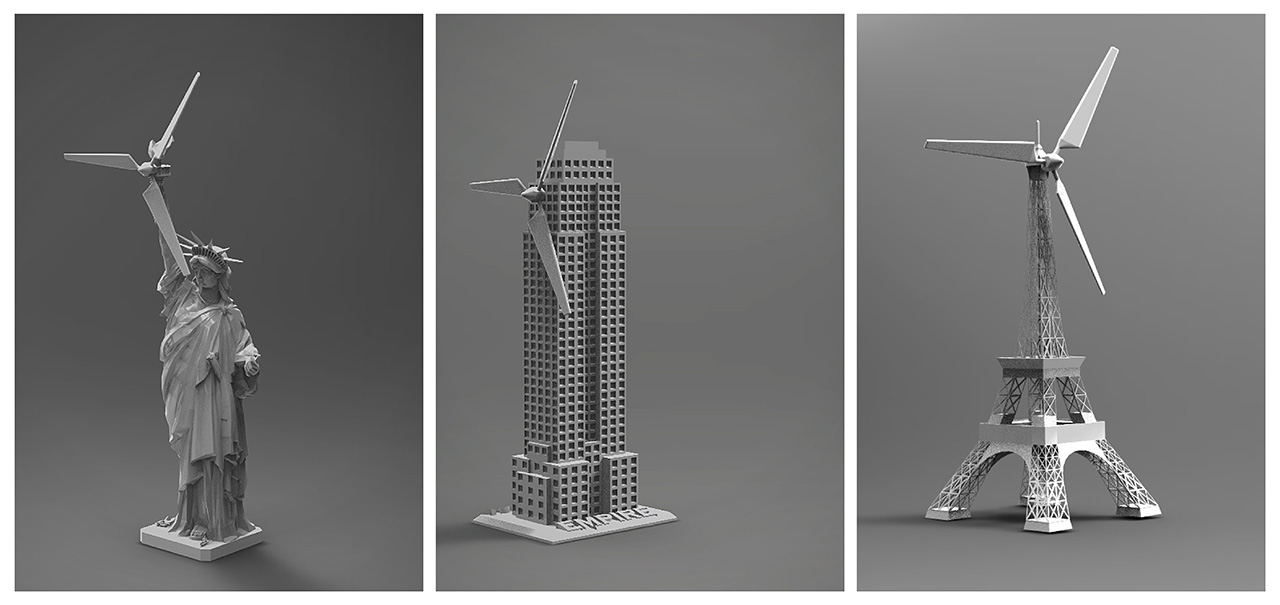In the past 20 years, agile methods have spread, from the Scrum model in software development to Design Thinking, from Lean Start-ups to logistics management. These methods have a common foundation in that they focus on the client and are now coming up against three major limits.
Sylvain Bureau, professor at ESCP, cofounder of the Art Thinking Collective and the Jean-Baptiste Say Institute at ESCP, takes a look at these methods and the need to stop this hyper-focus on clients. He also suggests a new agile method that is no longer interested in customers: Art Thinking.

Professor ESCP Business School,
and Founder Art Thinking method
Where do agile methods come from?
Agile methods rely on principles derived from a manifesto signed in 2001 by 17 software development specialists who wanted to replace the often rigid traditional project management methods. Their main objective was a faster product/market balance. The methods share a common foundation – a hyper-focus on clients – and three guiding principles: they are (1) adaptive, (2) iterative and (3) interactive.
The problem with agile methods
Problems with agile methods arise from the obsession with customer satisfaction and the demand for a quick return on investment. In the quest for optimisation and profit, the room needed for creators to design breakthroughs disappears. To satisfy demand, these approaches are based on existing systems that may be defective or may have become obsolete.
As Sylvain Bureau points out, “the biggest innovations (from the Walkman to the first mobile phone) did not come from customer-focused agile methods”.
Art Thinking: a non-customer focused alternative?
The question then is, does an alternative exist that combines the benefits of agile methods while also encouraging breakthroughs?
Since 2008, Sylvain Bureau’s research and work led to rethinking agile methods through the lens of the artistic avant-garde who invented new criteria for judging their art. He, along with several colleagues, formalised this new method, called Art Thinking.
According to Sylvain Bureau, his method “can create the improbable – with certainty”. The method is structured around three moments – make, critique and display – and a catalogue of six practices: donate, deviate, destroy, drift, dialogue and display. “Art Thinking helps to better steer in uncertainty.“
The impacts of Art Thinking and the Improbable seminars
The first Improbable was created in 2011 with artist Pierre Tectin. Since then, the seminar has been taught around one hundred times to students, entrepreneurs and managers.
It was taught at ESCP in the initial courses and Executive Education (Executive MBA, Executive Ph.D., custom intracompany training courses). These seminars are organised with the support of established museums like the Centre Pompidou.
As Sylvain Bureau says “The Improbable seminars are an incredible accelerator of experiments that save a considerable amount of time. They have three major impacts on (1) skills, (2) mental models and (3) engagement. After the seminar, the participants are able to steer projects where the finish line is not always clear, in uncertain environments and with few resources”.
In practical terms, Art Thinking has three goals. The first is to help manage climate change by changing the cultural climate. The second is an issue of learning: Art Thinking allows us to use the power of Artistic Intelligence as a complement to Artificial Intelligence.
Finally, the third is the elaboration of new strategic visions with works that open the field of what is possible to change business models that are obsolete.
In practical terms, Art Thinking has three goals. The first is to help manage climate change by changing the cultural climate. The second is an issue of learning: Art Thinking allows us to use the power of Artistic Intelligence as a complement to Artificial Intelligence.
Finally, the third is the elaboration of new strategic visions with works that open the field of what is possible to change business models that are obsolete.
Download The ESCP Executive Education White Paper
Agile Methods:How can we stop Hyper-focusing on clients, and why?
License and Republishing
The Choice - Republishing rules
We publish under a Creative Commons license with the following characteristics Attribution/Sharealike.
- You may not make any changes to the articles published on our site, except for dates, locations (according to the news, if necessary), and your editorial policy. The content must be reproduced and represented by the licensee as published by The Choice, without any cuts, additions, insertions, reductions, alterations or any other modifications.If changes are planned in the text, they must be made in agreement with the author before publication.
- Please make sure to cite the authors of the articles, ideally at the beginning of your republication.
- It is mandatory to cite The Choice and include a link to its homepage or the URL of thearticle. Insertion of The Choice’s logo is highly recommended.
- The sale of our articles in a separate way, in their entirety or in extracts, is not allowed , but you can publish them on pages including advertisements.
- Please request permission before republishing any of the images or pictures contained in our articles. Some of them are not available for republishing without authorization and payment. Please check the terms available in the image caption. However, it is possible to remove images or pictures used by The Choice or replace them with your own.
- Systematic and/or complete republication of the articles and content available on The Choice is prohibited.
- Republishing The Choice articles on a site whose access is entirely available by payment or by subscription is prohibited.
- For websites where access to digital content is restricted by a paywall, republication of The Choice articles, in their entirety, must be on the open access portion of those sites.
- The Choice reserves the right to enter into separate written agreements for the republication of its articles, under the non-exclusive Creative Commons licenses and with the permission of the authors. Please contact The Choice if you are interested at contact@the-choice.org.
Individual cases
Extracts: It is recommended that after republishing the first few lines or a paragraph of an article, you indicate "The entire article is available on ESCP’s media, The Choice" with a link to the article.
Citations: Citations of articles written by authors from The Choice should include a link to the URL of the authors’ article.
Translations: Translations may be considered modifications under The Choice's Creative Commons license, therefore these are not permitted without the approval of the article's author.
Modifications: Modifications are not permitted under the Creative Commons license of The Choice. However, authors may be contacted for authorization, prior to any publication, where a modification is planned. Without express consent, The Choice is not bound by any changes made to its content when republished.
Authorized connections / copyright assignment forms: Their use is not necessary as long as the republishing rules of this article are respected.
Print: The Choice articles can be republished according to the rules mentioned above, without the need to include the view counter and links in a printed version.
If you choose this option, please send an image of the republished article to The Choice team so that the author can review it.
Podcasts and videos: Videos and podcasts whose copyrights belong to The Choice are also under a Creative Commons license. Therefore, the same republishing rules apply to them.





